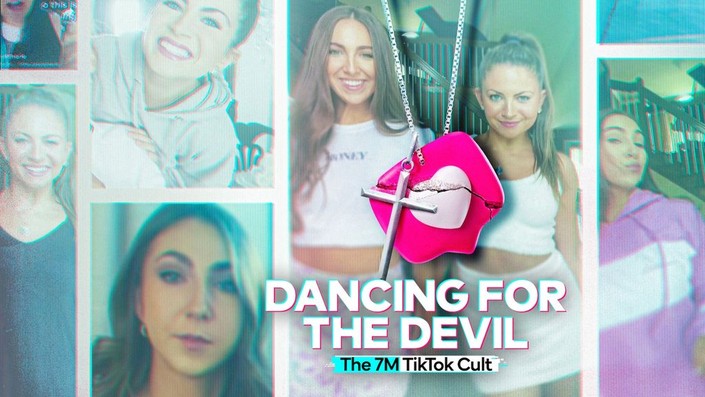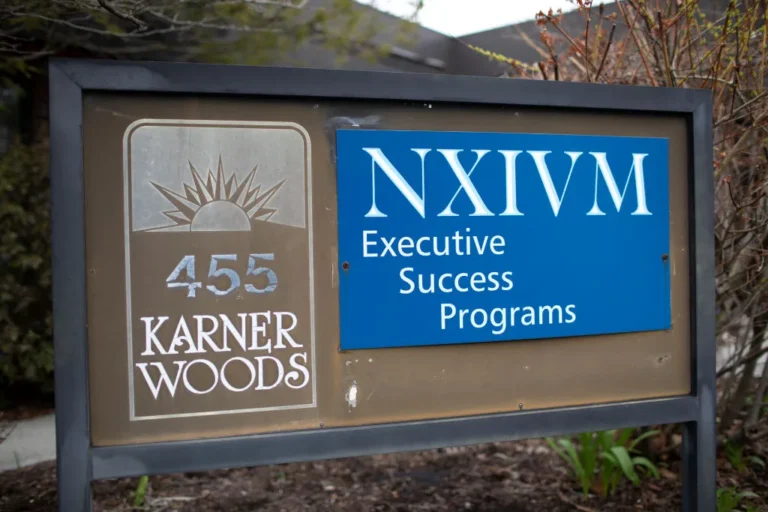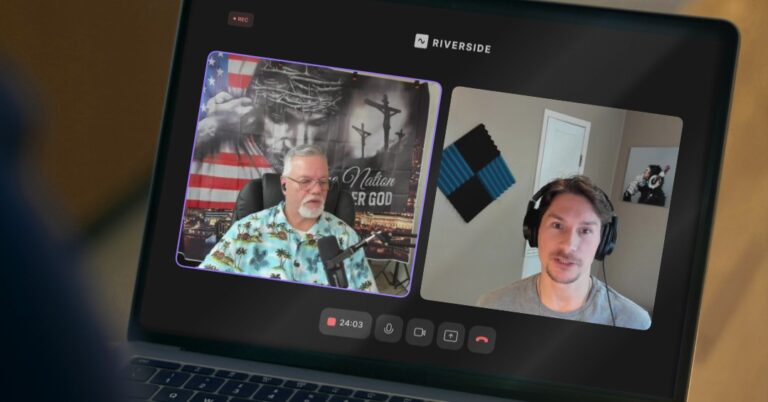Dancing for the Devil: How a TikTok Talent Agency Became a Cult
In today’s world, where every scroll brings a new influencer into your feed, the line between fame and faith is thinner than ever. That’s what makes Netflix’s docuseries Dancing for the Devil so chilling. It’s not about a remote compound or a doomsday prophet in the woods. It’s about a TikTok talent agency hiding something far darker—a cult embedded in our algorithm-driven culture.
At the center is Pastor Robert Shinn, the leader of Shekinah Church and founder of 7M Films. What started as a religious ministry in the 1990s eventually morphed into a glitzy pipeline for social media fame. Young dancers signed contracts with 7M hoping for a shot at viral stardom, but according to multiple ex-members, they were also signing away their freedom, their relationships, and in some cases, their sanity.
The story first caught fire when dancer Melanie Wilking went public about her sister, Miranda, cutting off contact with the family. Once the Wilking sisters were a TikTok powerhouse duo. Now Miranda goes by Miranda Derrick, married to fellow dancer James Derrick, and is reportedly under the influence of Shinn and 7M. Melanie and her family say Miranda has become unreachable, her every move dictated by the church and the agency. Miranda, for her part, says she is just living her truth. But the footage in Dancing for the Devil tells a more disturbing story.
The documentary pulls no punches. It features emotional interviews with former 7M dancers like Aubrey Fisher, Kylie Douglas, and the Lee sisters. Their accounts echo a familiar pattern seen in other cults—love bombing, isolation from family, financial control, emotional abuse, and in some cases, sexual misconduct. 7M Films reportedly took up to 70% of their earnings, and Shinn was allegedly positioned as a prophet whose authority couldn’t be questioned.
The testimonies are gut-wrenching. Kylie breaks down describing how her personal identity was slowly dismantled. Aubrey talks about waking up and realizing how manipulated he had been. The Lee sisters, who left in 2022, paint a picture of a place that demanded obedience and rewarded silence. What makes it even more sinister is how ordinary it all looked from the outside. These weren’t barefoot followers in robes. They were professional dancers in designer clothes, performing on glossy stages and blowing up on TikTok.
And that’s what makes Dancing for the Devil feel different from other cult stories. It shows us how spiritual coercion has adapted to the 21st century. The cult wasn’t hiding in the shadows. It was front and center on our phones, masked as hustle culture and creative success.
The legal battle is heating up too. Shinn filed a defamation suit in 2022 against several former members who spoke out. In response, those members filed a countersuit in 2023 accusing him of fraud, forced labor, sexual abuse, and human trafficking. That trial is scheduled for July 2025. If even half of what’s been alleged holds up in court, it could be one of the most explosive cult trials in recent memory.
What’s wild is how publicly this has all played out. Fans have taken sides. Some defend Miranda’s right to live how she wants. Others see it as a textbook case of manipulation hiding behind the language of faith and empowerment. Miranda herself has called the Netflix doc “one-sided,” and insists she’s happy, but never once in the doc does she sit down for a real interview. Her absence only deepens the mystery.
As someone who’s been on the inside of a cult, I know what it feels like to believe you’re doing the right thing while everything around you says otherwise. The scariest part isn’t the chanting or the rules. It’s the certainty. That quiet, seductive certainty that you’re on the path to enlightenment, even as you cut ties with everyone who loves you. That’s why stories like this matter. They hold up a mirror—not just to those inside—but to the world that allows these systems to thrive.
Dancing for the Devil is more than a cautionary tale. It’s a wake-up call about how belief systems are evolving. They’re slicker now. More Instagrammable. Less robes and doomsday, more influencers and ring lights. And they’re still just as dangerous.
This story isn’t over. The trial is coming. The dancers who escaped are still recovering. And the world is still watching. Whether you believe Miranda is free or lost, one thing’s for sure—the devil doesn’t always dance in shadows. Sometimes, he’s center stage, choreographed to perfection.






